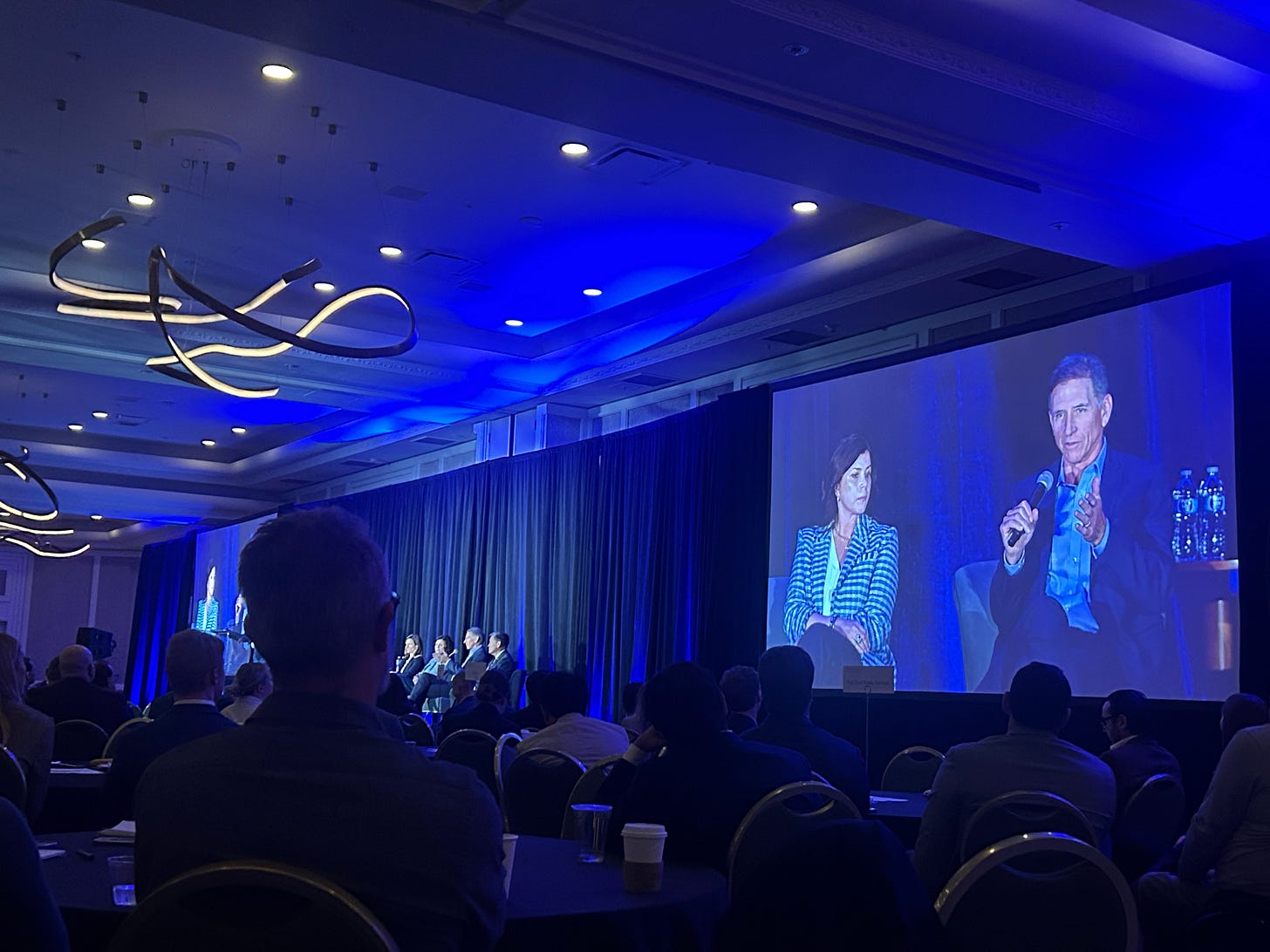NIH Funding Cuts, Tariffs, and Uncertainty Stall San Diego’s Biotech Momentum
Local biotech startups face an unpredictable road ahead, despite early optimism
Business of San Diego delivers in-depth profiles of founders and insights on San Diego's most successful companies, executives, and technologies. Subscribe to make sure you don’t miss the next story.

It seemed biotech and life science IPOs were well-positioned to make a comeback.
Optimism among deal-makers seemed similar to 2021 levels, where promising biotechnology startups could raise additional capital at high valuations and close mega-funding rounds.
In the first week of February, I had a meeting with a top lawyer for life science companies at the Torrey Pines Golf Course. The law firm reportedly had several initial public offering listings queued up for 2025. “We have a very large pipeline of both early-stage and late-stage deals lined up to go public,” he told me.
Aardvark Therapeutics, a San Diego-based biotech company, had just raised $94 million to fund the development of hunger-suppressing drugs for Prader-Willi syndrome and obesity.
Sionna Therapeutics, a Massachusetts-based biotech, also went public raising $200 million and saw its stock soar at its debut around the same time.
Fast forward, the highly-anticipated boom in IPOs has been delayed indefinitely, which will likely make 2025 the fourth straight down year for startups going public.
The stall is largely due to the widespread economic uncertainty caused by the new adminstation, which involves NIH funding cuts, tariffs, and other grant funding cuts.

Biotech VC Funding Deals Decrease Amid Uncertainty
In the first quarter of 2025 — data showed biotech funding has become less frequent and less accessible, except for a select few.
The top three companies privately-held companies that raised venture capital in San Diego over the last three months include Timberlyne Therapeutics ($180M Series A); Carlsmed ($64M Series C); and Light Horse Therapeutics ($62M Series A).
There were a total of 12 life science deals which corralled $476 million of venture dollars that flowed into the region in Q1 2025, down from roughly 21 life science deals during the same period last year, according to data by Connect.
Industry executives have already begun publicly expressing the impact this will have on the broader life science ecosystem.
“We’re still waiting for the dust to settle,” said Tim Scott, President and CEO of Biocom California, told a 200-person crowd during a conference last week.
“Make no mistake, the NIH funding is a big deal. Roughly $47 billion goes into research and development for engineering and science. That funding fuels everything that the biotech industry does.”

Funding Cuts Impact UCSD and Grant Funding for Startups
As of March, the National Institutes of Health (NIH) has terminated “millions of dollars” in research grants at both UC San Diego and San Diego State University.
As a result of this, UC San Diego has implemented a hiring freeze, delayed construction of research buildings, and is reportedly preparing to lose more than $500 million annually with up to a 12% cut to its $9 billion budget, per the Union-Tribune.
The effects have also begun to trickle down to biotech and life sciences companies, many of which are born from university research.
For example, a 10-person medical device startup, based in Sorrento Valley, received close to $5 million in grant funding since its inception.
The founder and CEO told me they are working hard to navigate the situation, as the funding is paid out after certain FDA milestones.
“There is no major technological innovation that was not enabled by academic research. Undermining research will not impact industry or society tomorrow, or even 3 to 5 years from now- but the long term will suffer,” said Paul Roben, associate vice chancellor at UC San Diego in a LinkedIn post.
“We need to come together to tell the story of why research is important,” he said.

Looking Ahead Amidst Uncertainty
At this point, it is unpredictable when the markets will become more stabilized.
The U.S. will need an improved macro environment, lower interest rates, and improvement in stock performance by public companies before the IPO window cracks open again.
Biotechs that went public in 2024 are down 50% from their deal price, or the price they set when they first went public, according to Michael Yee, analyst at Jefferies.
Some biotech investors are betting that things will rebound and that it still remains a great time to launch new companies.
“It’s important to remember that great companies are often born out of tougher times,” Bruce Booth, partner at Atlas Venture, biotech VC firm with over $2 billion in assets under management, wrote in a recent blog post.
“The startups that are being created today — the few and the proud — will likely be the emerging stars of the 2030s. It takes years to go from idea to clinical proof of concept in patients; unless you’re a startup being formed with existing drug candidates.”




